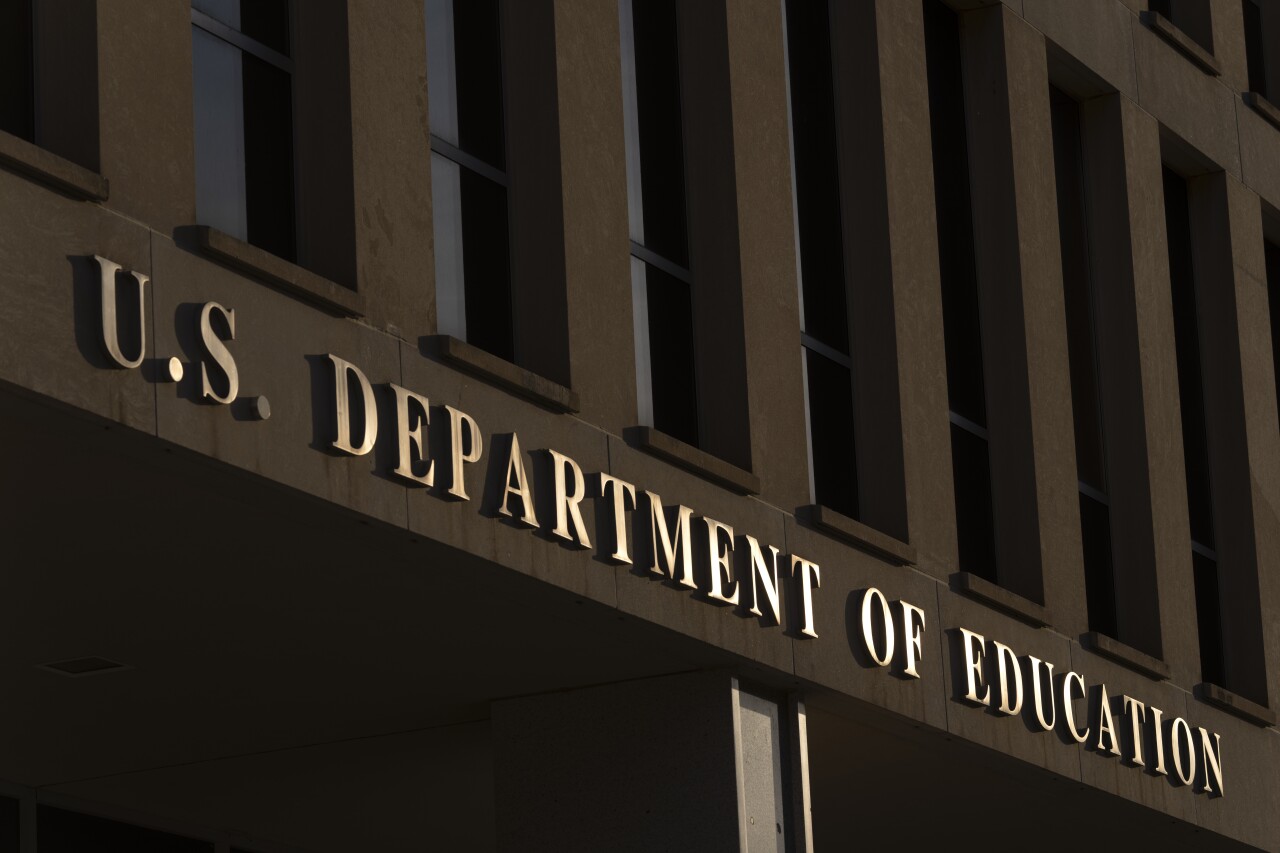PUNTA GORDA, Fla. — This week Charlotte County Public Schools announced it had a $9.5 million dollar budget shortfall. The district said in a letter to parents that in the last month it was notified of several state and federal financial changes that will impact this upcoming fiscal year.
The district went on to outline what funds were changed including the below:
- Increased state withholdings for students using the Family Empowerment Scholarship
- Federal withholdings (Title I, Title II, Title III, Title IV, and Adult Education)
- Increased employer contributions to the Florida Retirement System (FRS)
On the state side, like for Florida's Retirement System, there might not be any help, but on the federal side, there could be some on the way.
On Friday the US Department of Education announced the Trump administration is releasing billions of dollars in grants for schools. It ends week of uncertainty for educators around the country who relay on the money.
President Donald Trump’s administration had suspended more than $6 billion in funding on July 1, as part of a review to ensure spending aligned with the White House’s priorities.
The funding freeze had been challenged by several lawsuits as educators, Congress members from both parties and others called for the administration to release the money. Congress had appropriated the money in a bill signed this year by Trump.
Last week, the Education Department said it would release $1.3 billion of the money for after-school and summer programming. Without the money, school districts and nonprofits such as the YMCA and Boys and Girls Club of America had said they would have to close or scale back educational offerings this fall.
There are 10 YMCA's in Southwest Florida, that have afterschool programs for kids.
The US Office of Management and Budget had completed its review of the programs and will begin sending the money to states next week, the Education Department said.
In the meantime, FOX 4 reached out to the Charlotte County Public Schools to see if any of the funding that was being withheld would help them.
We are still waiting to hear back.
The district called the funding deficit a "significant challenge" but said that it remains financially strong. It added that it can act from a position of stability and "thoughtful analysis, not panic."
The district doesn't seem that far off, according to a July 8 Independent Referendum Oversight and Budget Advisory Committee Meeting.
The district has $35,228,927 in property tax revenue and $36,385,665 in expenditures. They have a pledged reserve of $8 million.

But the district said they want to proactively address the short fall.
CCPS says it is developing a plan that focuses on protecting classroom instruction and student success. These measures include:
- Reorganized administrative roles and streamlined departments
- Removed degree supplement for administrators
- Limiting out-of-county and state travel for staff
- A hiring freeze to reduce costs moving forward, without affecting current employees
- Aligning with Florida class size averages based on student enrollment data
- Maximizing our district print shop capabilities to streamline and enhance print services
In addition, the district says it will be "leveraging every available funding source — including the referendum, fund balance, and grant programs — to minimize the impact on students and classrooms."
“Above all, CCPS is prioritizing people over programs,” said Superintendent of Schools Mark Vianello. “Every decision is being made strategically, with a focus on preserving jobs and protecting the dedicated professionals who serve our students every day.”
As we've previously reported Title I, II, III funding cuts would pull federal money out of the districts. There are 13 Title I schools in Charlotte County.
According to CCPS website: Title I is the largest federal program supporting education. The program provides supplemental educational services for all children to have a fair, equal and significant opportunity to obtain a high-quality education.
List of Title I Schools:
- Deep Creek Elementary
- East Elementary School
- Kingsway Elementary School
- Liberty Elementary School
- Meadow Park Elementary School
- Murdock Middle School
- Myakka River Elementary School
- Neil Armstrong Elementary School
- Peace River Elementary School
- Port Charlotte Middle School
- Sallie Jones Elementary School
- The Academy
- Vineland Elementary School
Despite the minor cutbacks the district says it is committed to protecting instructional quality.
"CCPS remains committed to protecting instructional quality while making strategic, fiscally responsible decisions. District leadership will continue to monitor the financial landscape and adjust as necessary to ensure long-term sustainability," said School Board Chair John LeClair.

How did the money get released?
A group of 10 Republican senators on July 16 sent a letter imploring the administration to allow the frozen education money to be sent to states, saying the withheld money supported programs and services that are critical to local communities.
“The programs are ones that enjoy longstanding, bipartisan support,” U.S. Sen. Shelley Moore Capito, R-W.Va., said Friday. She pointed to after-school and summer programs that allow parents to work while their children learn.
In withholding the funds, the Office of Management and Budget had said some of the programs supported a “ radical leftwing agenda. ”
“We share your concern,” the GOP senators had written. “However, we do not believe that is happening with these funds.”
School superintendents had warned they would have to eliminate academic services without the money. On Friday, AASA, an association of superintendents, thanked members of Congress for pressing to release the money.
Who does the money support?
The grants that were under review included $2 billion for teachers’ professional development and efforts to reduce class size; $1 billion for academic enrichment grants, often used for science and math education and accelerated learning; $890 million for students who are learning English; $376 million to educate the children of migrant workers; and $715 million to teach adults how to read.
It added up to millions of dollars for the nation’s largest school districts. Data available from the Census for three of the grant programs — teacher development, academic enrichment, and bilingual education — shows the Los Angeles Unified School District, for example, received $62 million in the 2022-23 school year. Philadelphia’s school district got $28 million, while Miami’s got over $24 million.
Smaller districts got more modest amounts, but they still would have represented sizable gaps in their budgets. For example, schools in Burlington, Vermont; Pine Bluff, Arkansas; and Norristown, Pennsylvania, each got more than $300 per student from the same three grant programs.
___
Associated Press writer Sharon Lurye in Philadelphia contributed to this report.


